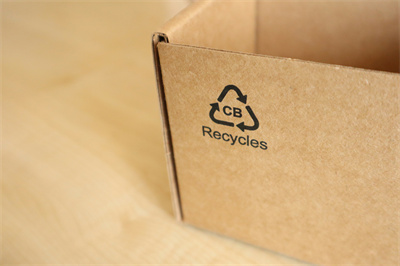Contact Us

Contact Us


Guangzhou Huaisheng Packaging Co.,Ltd.
We provide customers with quality products and provide high-quality services.
If you would like to leave us a comment please go to contact us
+86-18122240089

Corrugated boxes are the backbone of the packaging industry, renowned for their strength, versatility, and sustainability. Whether you're an e-commerce entrepreneur, a logistics manager, or a small business owner, understanding the nuances of corrugated packaging can significantly impact your product's safety and customer satisfaction.
Corrugated boxes consist of a fluted corrugated sheet sandwiched between two liners. This structure provides rigidity and resistance to crushing, making them ideal for shipping and storage.
Linerboard: The flat sheets that form the outer surfaces.
Fluting: The wavy, arched paper between the liners that provides cushioning and strength.
Understanding the different types of corrugated boxes helps in selecting the right packaging for your products.
Structure: One layer of fluting between two liners.
Use Cases: Suitable for lightweight items and general shipping needs.
Structure: Two layers of fluting with three liners.
Use Cases: Ideal for heavier items requiring extra protection.
Structure: Three layers of fluting with four liners.
Use Cases: Used for heavy-duty applications like industrial equipment shipping.
Structure: Tailored shapes and sizes with specific cuts.
Use Cases: Perfect for unique product dimensions and branding needs.
Flute profiles determine the box's thickness and cushioning properties.
A-Flute: Offers excellent cushioning; used for fragile items.
B-Flute: Provides good stacking strength; common in canned goods packaging.
C-Flute: Balances cushioning and stacking; widely used in shipping cartons.
E-Flute: Thin profile; ideal for retail packaging with high-quality printing.
F-Flute: Very thin; used for small boxes and detailed printing.

Corrugated boxes are designed to withstand significant weight and pressure, protecting contents during transit.
They are lightweight, reducing shipping costs, and are often more affordable than alternative packaging materials.
Most corrugated boxes are made from recycled materials and are recyclable, aligning with eco-friendly practices.
They can be easily customized in terms of size, shape, and printing, enhancing brand visibility.
Selecting the appropriate corrugated box involves considering several factors:
Heavier or fragile items may require double or triple-wall boxes for added protection.
Consider environmental factors like humidity and temperature, which can affect box integrity.
Custom printing can enhance brand recognition and provide a professional appearance.
Corrugated boxes contribute positively to environmental sustainability:
Recyclability: Easily recyclable and often made from recycled content.
Energy Efficiency: Manufacturing processes have become more energy-efficient over time.
E-commerce Shipping: Protects products during delivery.
Retail Packaging: Enhances product presentation on shelves.
Food Industry: Used for transporting produce and perishables.
Industrial Use: Suitable for heavy machinery and equipment.
